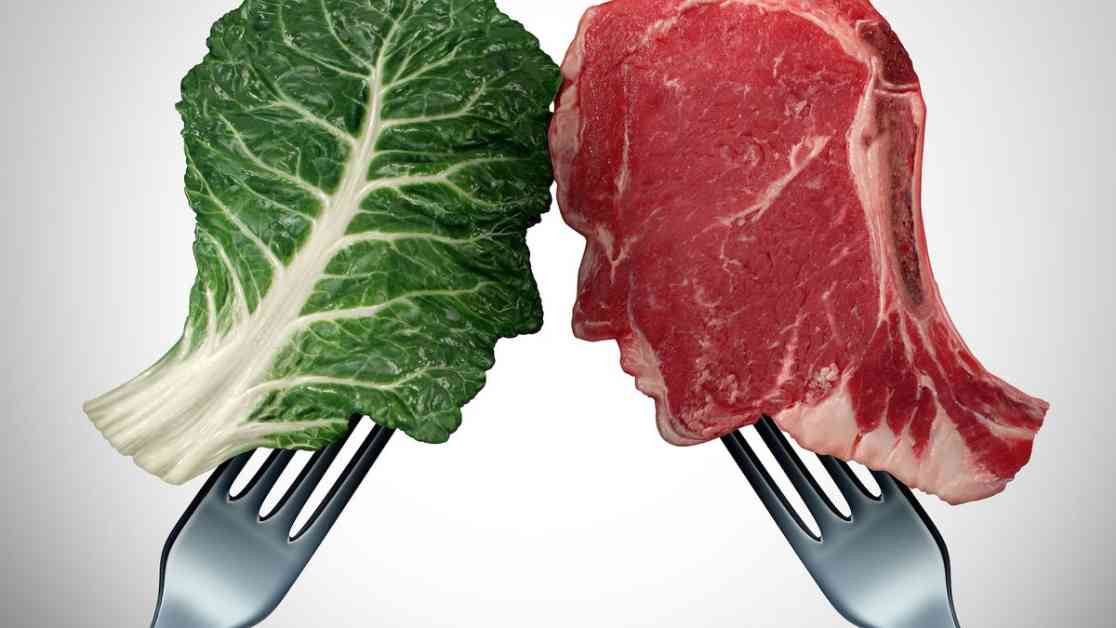Vegetarians and vegans often struggle to get enough protein in their diets compared to meat-eaters. Even plant-based meat alternatives like tofu fall short in protein content when compared to real meat like chicken breast. But why is this the case?
Christi Calhoun, a scientific communication resource officer at the American Meat Science Association, explains that animals and plants have different cellular needs, leading to different levels of protein in their tissues. Animals store more protein in their bodies to support functions like muscle movement, energy metabolism, and cellular repair. On the other hand, plants rely more on carbohydrates for structure and energy storage, resulting in lower protein levels.
Proteins are like “beaded necklaces”, with each bead made up of different amino acids. The body strings together these amino acids to create different proteins for various functions. Animal proteins contain all nine essential amino acids, making them “complete” proteins, while plant proteins are often missing one or more essential amino acids, classifying them as “incomplete” proteins.
The body processes proteins from animal and plant sources differently, with animal proteins having higher bioavailability, meaning they are easier for the body to break down and absorb. The Protein Digestibility Corrected Amino Acid Score (PDCAAS) rates protein sources based on their amino acid composition and bioavailability, with beef and eggs scoring high, while black beans and peanuts score lower. Soy, found in products like tofu, ranks high among plant-based proteins.
While meat generally has higher protein content, more essential amino acids, and better bioavailability, there are ways to make plant-based proteins more efficient. By combining multiple plant-based foods that contain incomplete proteins, individuals can ensure they get all nine essential amino acids in their diet. Examples of these pairings include whole-wheat toast and nut butter, beans and rice, or lentil soup with a whole-grain roll.
However, focusing solely on protein intake may not always be the best approach. A balanced diet that includes a variety of foods in adequate amounts is essential for overall health. Proteins work best in the body when consumed alongside sufficient energy, carbohydrates, and fats.
In conclusion, while meat may top the charts in protein content, plant-based proteins can also be a valuable part of a healthy diet when combined strategically. By understanding the differences in protein composition and bioavailability between animal and plant sources, individuals can make informed choices to meet their dietary needs.










